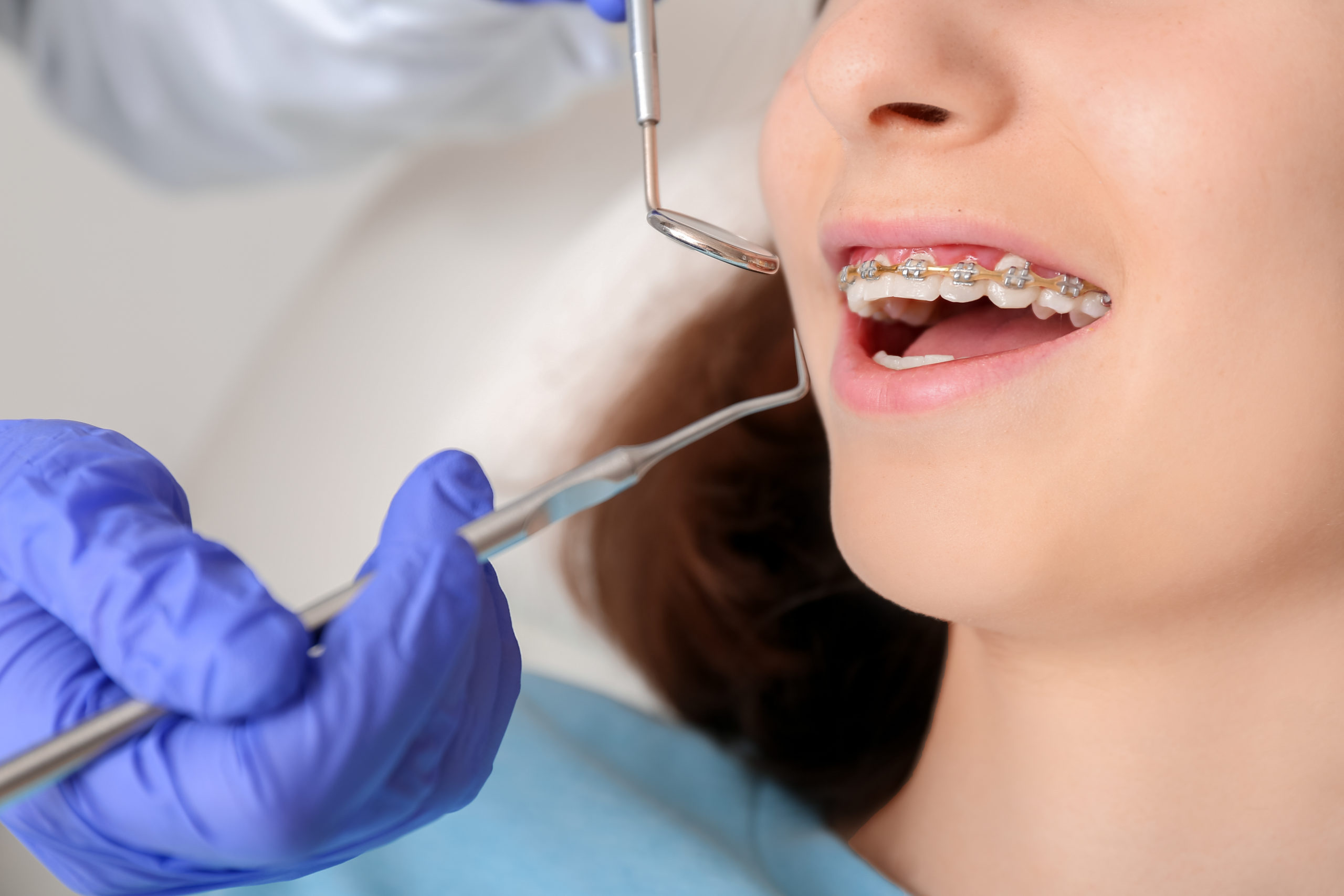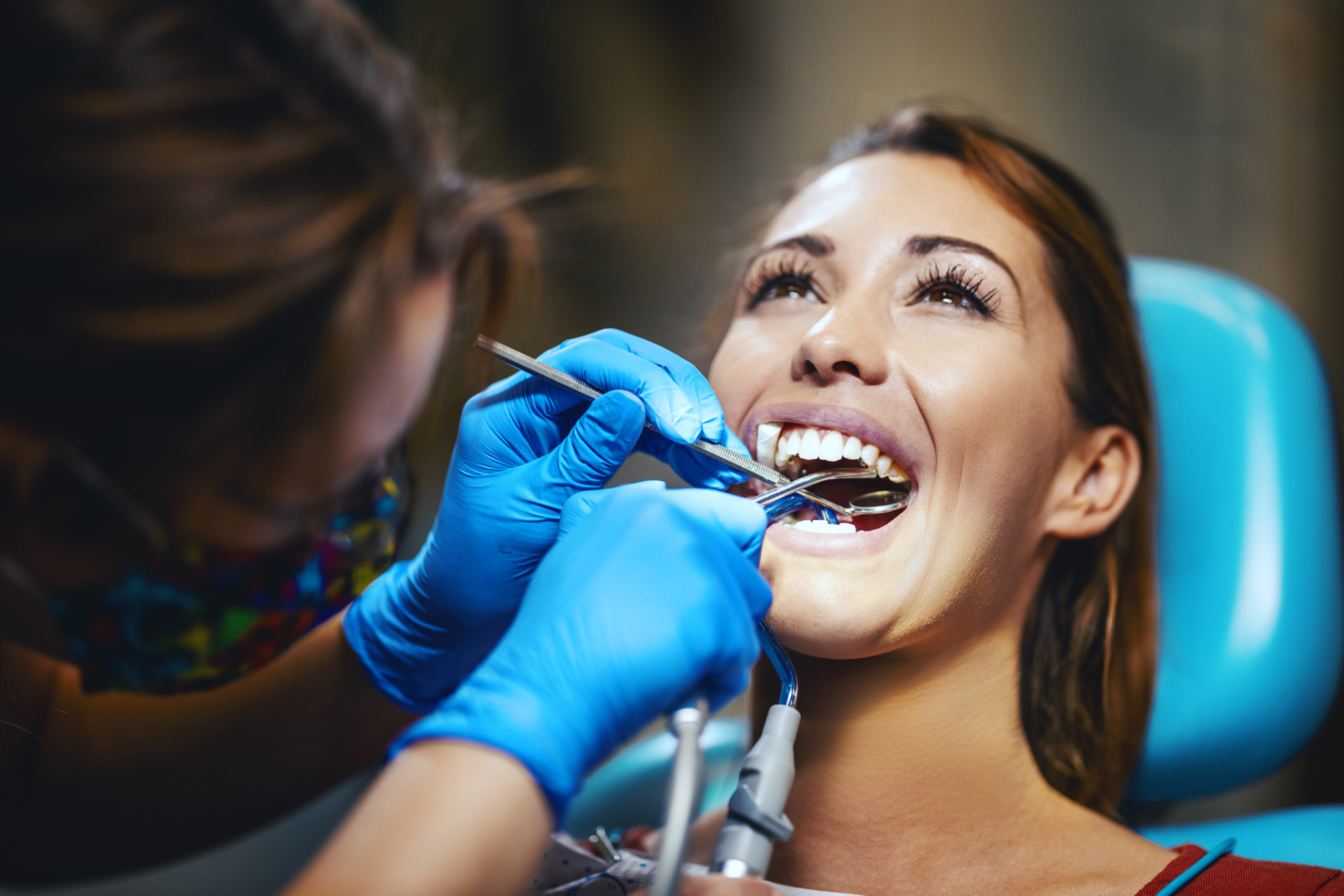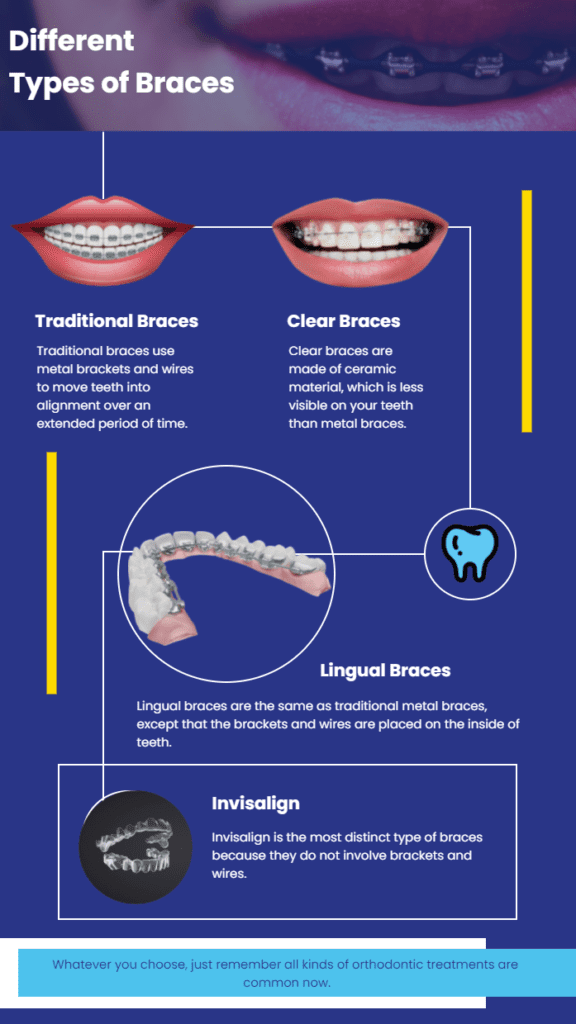Comprehensive Overview to Orthodontics Treatments for Dealing With Dental Imbalances
In the realm of orthodontics, the journey to attaining a perfectly aligned smile includes a myriad of treatments customized to correct dental imbalances. From typical dental braces to unnoticeable aligners and even surgical choices, the area of orthodontics offers a variety of services to resolve differing levels of oral irregularities. Comprehending the intricacies of each treatment, including their devices, advantages, and potential drawbacks, is vital in making educated decisions about one's orthodontic treatment. As we navigate through the extensive guide to orthodontic procedures for correcting dental misalignments, the elaborate details of each technique will unfold, clarifying the path towards a unified and useful oral alignment.
Orthodontic Procedures Introduction

In enhancement to clear aligners and conventional dental braces, orthodontists may also advise various other interventions like headwear, palatal expanders, or retainers to address certain alignment problems (braces). These treatments are tailored to every person's distinct requirements and might involve a combination of therapies to achieve the preferred outcomes. Normal adjustments and tracking are crucial parts of orthodontic therapy to ensure progress is on track and to make any kind of necessary alterations along the road. By undergoing orthodontic procedures, individuals can not just achieve a straighter smile however additionally boost their overall oral health and wellness and feature.
Conventional Braces: How They Work
When considering orthodontic therapies for dental misalignments, typical braces stand out as a reliable technique for correcting teeth placing. Traditional dental braces contain braces, cables, and bands that work with each other to apply continuous stress on the teeth, slowly relocating them into the wanted positioning. The braces are connected to the teeth making use of a special adhesive, and the cords are threaded through the braces. By adjusting the stress of the wires, orthodontists can control the instructions and force put on each tooth, guiding them right into correct positioning with time.
As pressure is used to the teeth through the braces, the bone surrounding the teeth is improved to sustain the brand-new tooth placements. Individuals will need regular adjustments at the orthodontist's office to guarantee the braces continue to apply the correct pressure for effective teeth activity.
Invisible Aligners: Pros and Cons
Invisible aligners offer a discreet and hassle-free option to conventional braces for correcting oral imbalances. These clear, personalized trays are practically unnoticeable when used, making them an appealing option for people looking for a more aesthetically pleasing orthodontic therapy. One of the primary benefits of undetectable aligners is their removability, enabling for simpler maintenance of oral hygiene contrasted to typical braces. Patients can get rid of the aligners prior to eating or brushing their teeth, lowering the danger of food getting stuck in pop over to this web-site the device and simplifying the cleansing procedure.

Surgical Orthodontic Options
Surgical treatments in orthodontics present feasible choices for addressing complex dental misalignments that might not be effectively dealt with through conventional orthodontic treatments. While invisible aligners and typical dental braces can deal with lots of orthodontic problems, specific cases require medical treatment to achieve optimal outcomes. Surgical orthodontic alternatives are normally suggested for severe malocclusions, significant jaw disparities, and instances where the underlying bone structure requires alteration to accomplish proper alignment.
One usual surgical orthodontic procedure is orthognathic surgical treatment, which includes repositioning the jaws to deal read this post here with practical issues such as trouble talking or eating. This surgical procedure is typically carried out in cooperation with an orthodontist that helps straighten the teeth before and after the treatment. Surgical orthodontics may also entail treatments to reveal impacted teeth, get rid of excess gum cells, or improve the jawbone to develop an extra harmonious face profile.
Prior to considering medical orthodontic alternatives, individuals undergo a detailed assessment to establish the necessity and possible benefits of such interventions. aligners. While surgery may appear difficult, it can dramatically enhance both the feature and visual appeals of the smile in situations where standard orthodontic therapies drop short
Retainers and Post-Treatment Care

Failing to comply with post-treatment treatment instructions can result in regression, where the teeth gradually move back in the direction of their original placements. Regular retainer wear, good dental hygiene, and routine oral exams are necessary for keeping the outcomes achieved with orthodontic surgery and making sure the long-term security of the corrected dental placement.
Conclusion
In final thought, orthodontic procedures offer different choices for fixing dental imbalances. Surgical orthodontic options are offered for a lot more extreme imbalances. Overall, orthodontic procedures can successfully improve oral wellness and aesthetic appearance.
As we navigate via the extensive overview to orthodontic treatments for remedying dental imbalances, the detailed information of each approach will certainly unravel, losing light on the path towards a useful and unified oral positioning. - invisalign
One of the most common orthodontic therapies is the use of dental braces, which are composed of metal brackets and cords that apply gentle pressure to slowly change teeth right into the desired setting.When taking into consideration orthodontic therapies for oral misalignments, conventional braces stand out as a tried and true approach for correcting teeth positioning. Additionally, unnoticeable aligners may not be ideal for complicated orthodontic concerns that require more significant teeth movement, as they are normally advised for light to modest cases. Retainers are personalized orthodontic devices designed to hold teeth in their fixed positions after the conclusion of orthodontic therapy.